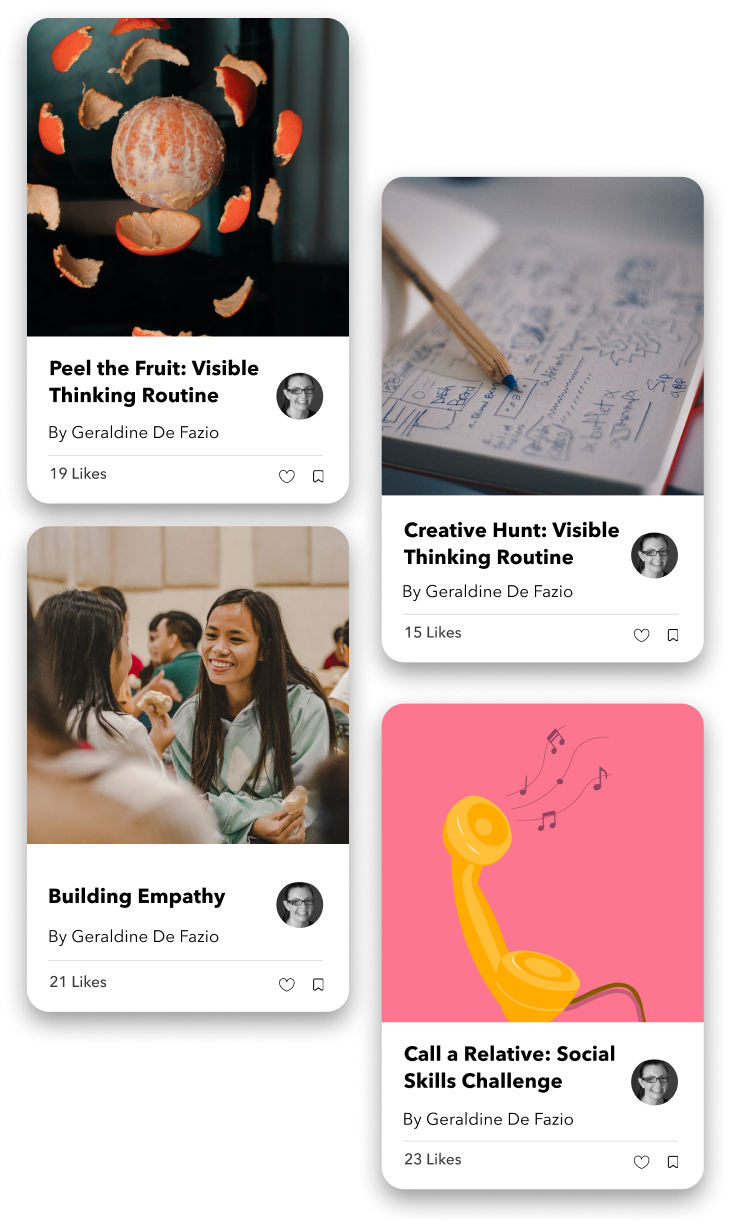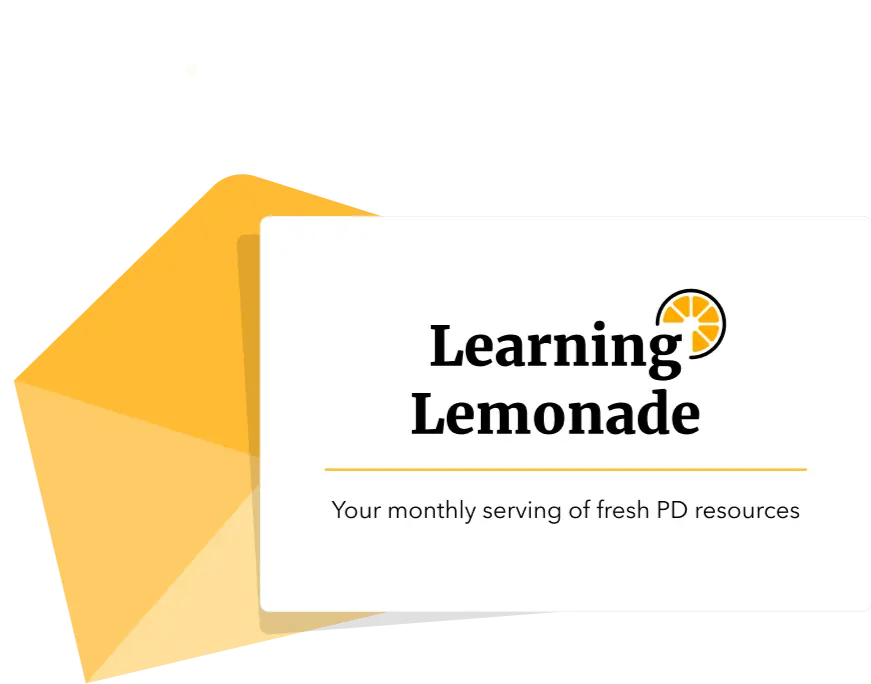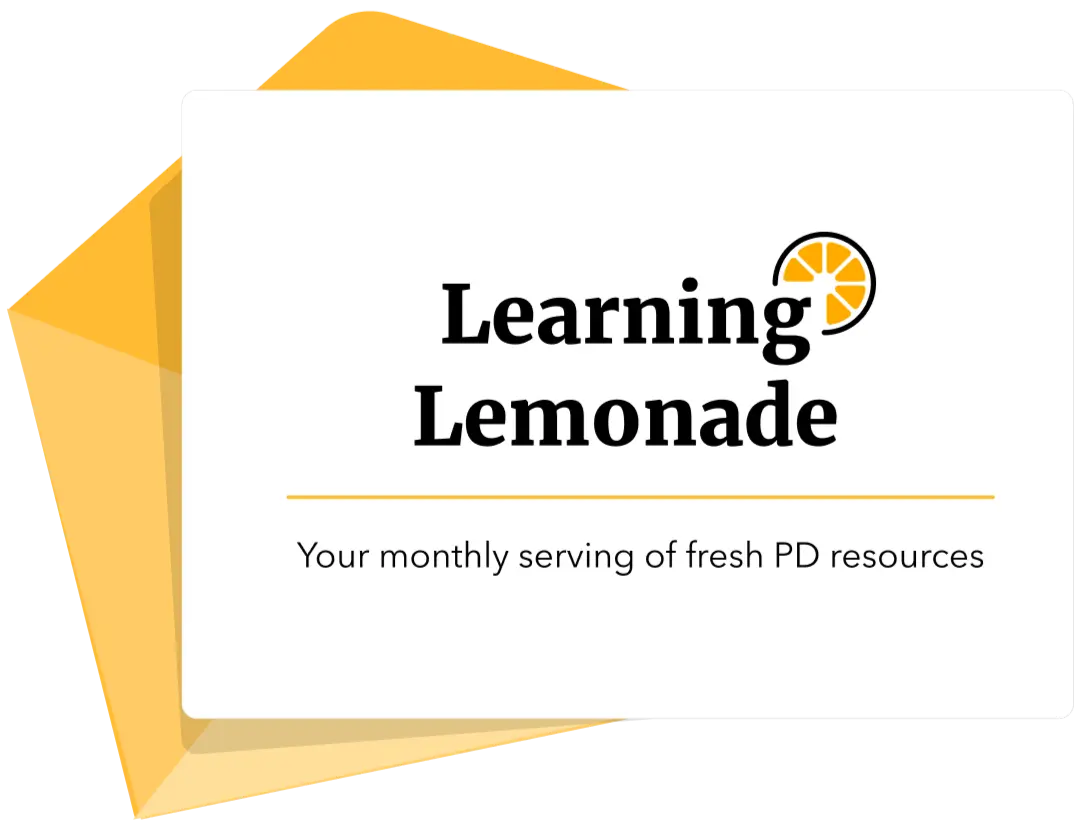Agency Beyond a Buzzword
Educators like other members of the community can get caught up in the spark and excitement of seemingly new trends and buzzwords. For those who have been through the swings and roundabouts, you will have seen the pendulum swing from whole language to phonics and back again. From the egg carton classroom to open plan concepts to closed and back to flexible spaces.
So when we hear the term agency and everyone wanting more of it, what is it we really mean and how might we know it’s really happening in our classrooms?
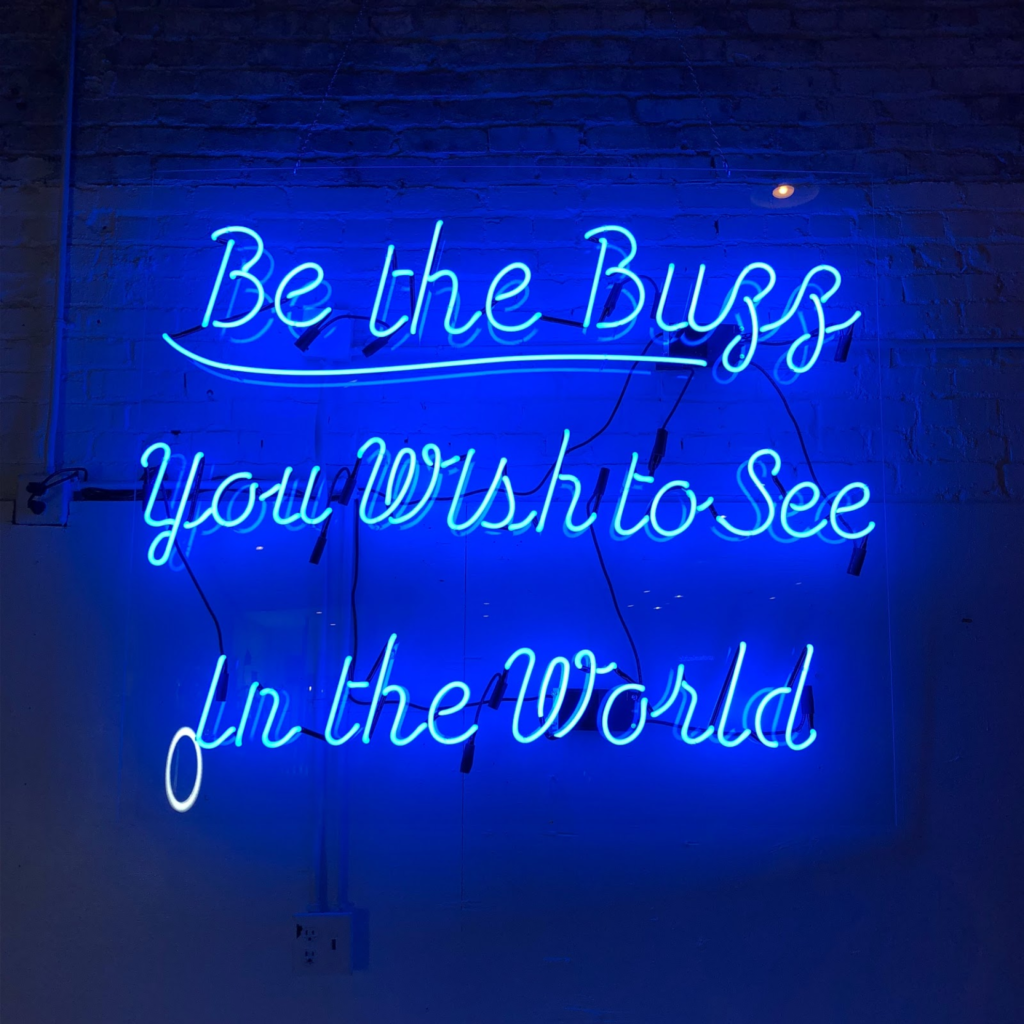
What is agency anyway?
Can you answer this question without using the terms voice, choice and ownership?
There are a few well known thinkers and players in this space on agency. Today I’m only drawing on two, Albert Bandura and Louis Malaguzzi.
Bandura says, “To be an agent is to intentionally make things happen by what we do. We use our senses, our creative and critical thinking as well as our interaction with the world to make this happen. We use these tools to give life meaning, direction, and satisfaction.” (Bandura, 1997; Harre & Gillet, 1994).
Bandura took the stance that agency doesn’t look and feel the same in all situations. He described three types of agency;

For agency to live there are some conditions that will help it thrive:
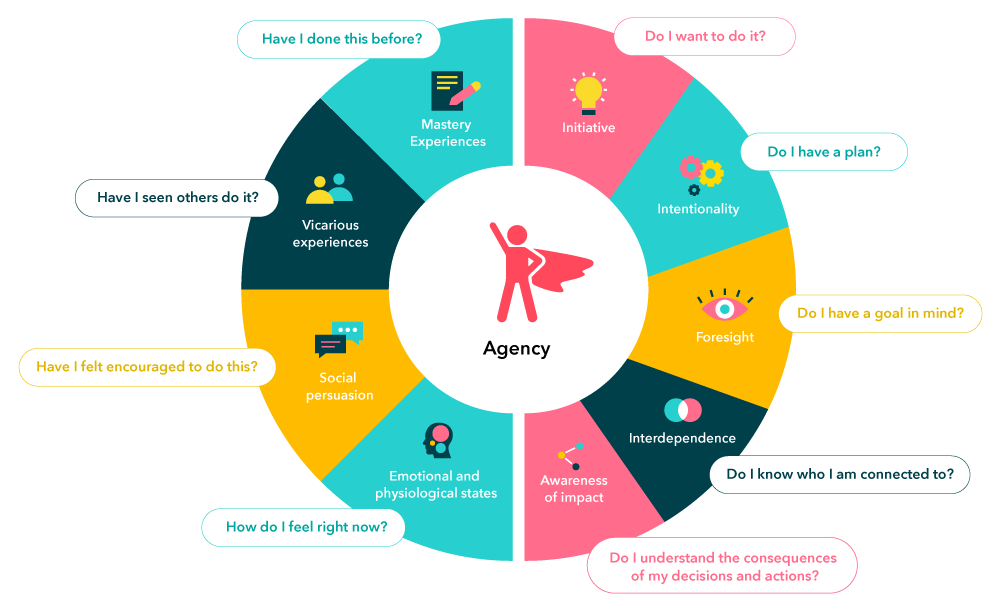
What is the image of the child?


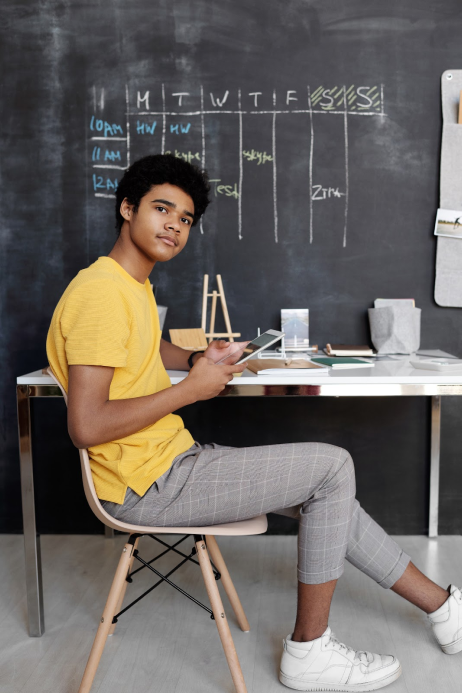

When we think about the learners in our care, what is the image we have of them?
Malaguzzi helps us see that children have the right to imagine. We need to give them full access to their right to take their place as global citizens and see them as intelligent, strong and capable. Full of divergent thinking from a young age, it is our responsibility to nurture their ambitions, desires and interests. To me this doesn’t mean anything goes. We have a responsibility to be a role model. In IB terms, that means living the attributes of the IB Learner Profile, not just putting up posters.
When we think of helicopter parents for instance, what is their image of the child. Acting from love but there is an element of seeing the child as ‘my precious’, fragile, incomplete, weak or made of glass. What happens if we have this image of the child?
What is the role of the teacher?
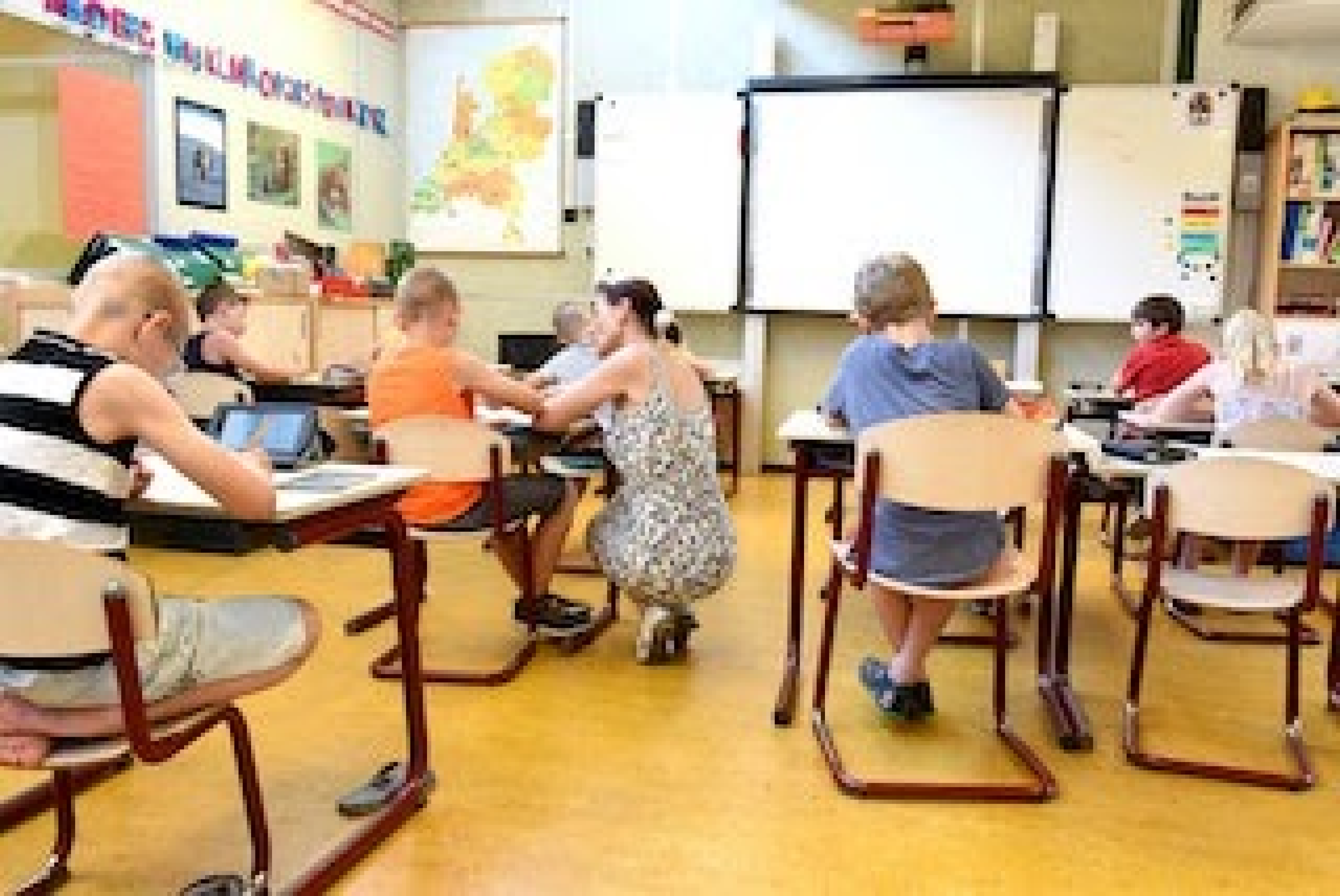
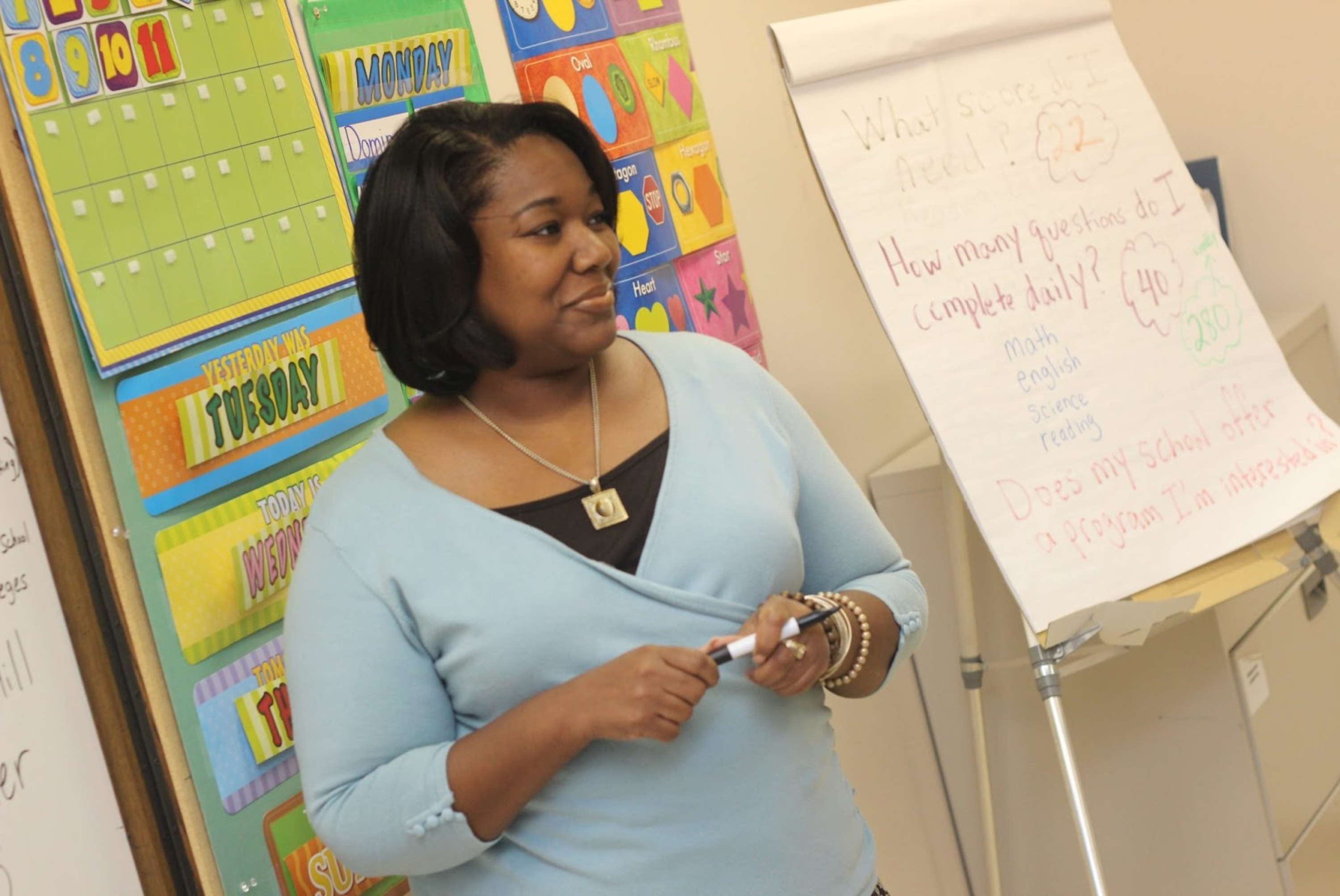
What is it that you do all day long? What keeps you awake at night thinking about or doing? The things you do during your summer? The people you interact with and their demands of you?
Malaguzzi tells us “We need to define the role of the adult, not as a transmitter but as a creator of relationships — relationships not only between people but also between things, between thoughts, with the environment.”
We teachers must see ourselves as researchers, able to think, and to produce real curriculum, a curriculum that comes from all of the children. What we so often do is impose adult time on children’s time and this negates the rights of children.
When Reggio educators say children have 100 languages, they mean more than the 100 languages of children, and also the 100 languages of adults, of teachers. We all have 100 languages or more!
Letting go doesn’t mean anything goes. It doesn’t mean everything is 100% learner passion-driven at every moment of every day. We can’t or shouldn’t always work to our strengths. We have to practice and develop in other ways on our weaknesses too. There is a difference between needs and wants.
So as the teacher, be the teacher. You are the keeper of curriculum, of standards that are mandated and of the structures and ‘have tos’ of the PYP.
What are your non negotiables? What is it that you can not let go of?
Whatever your answer is, that is ok. You are allowed to be the teacher. It is what you get paid to do after all.
I am a believer that teachers should, however, live with the spirit of making yourself redundant. You should not be the hardest working person in the room. You’ve been to school, you don’t own this learning right now for your learners. This learning belongs to them.
How might you provoke and spark wonder?
What is the connection between action and agency?
Are they synonyms? Do you need one before you can have the other?
Remember Bandura told us, “To be an agent is to intentionally make things happen by what we do. To know we can act without seeking permission. To want to act when no one is watching or directing. To seek help when we know something must be done by someone with the capability. To find your tribe to do something together- many hands make light work. Proxy, Personal and Collective agency is interwoven with the spirit of action”.

From the first time I heard about this, my mind was instantly drawn to Hart’s ladder and Shier’s pathway to participation. Hart’s ladder in particular has long been a tool to help educators see the influence they have on learners and how action is not just the product of learning, it is learning. Evidence of the three models of agency are reflected the higher up the ladder you progress.
Where now?
So what does all of this mean in the inquiry classroom? Where does this leave you in your progress with allowing time and space for agency in your classroom practice? Like many educators, I love to contribute to the Toddle Community and create the types of learning experiences that matter to our shared humanity and beyond the boundaries of topics and standards. It is my aim, each time I create, to leave space for the teachers who may select to use the experience with their learners. For instance, I leave the learning intentions blank. I don’t feel it is my place to suggest what the intent is for a task for you and your learners. How might you co-author these intentions before you ‘set a task’? The collection for SDG Storyboard Design Challenges are all missing learning intentions. There are a range of intentions you might consider with learners related to the skills in the Design Thinking process.

Many of my tasks have options for learners to negotiate and grapple with. Using their creative and critical thinking demands their full attention and desire to engage. Explicitly asking a learner to come back to the teacher after making a decision isn’t an expression of control, rather an illustration of the co-construction of learning. The Great Gallery Escape Room Part 1 and Part 2 offer inspiration for learners to make informed choices about what or how they may explore through these experiences.

Our learners are the leaders of today. We must not wait to see them as ready and capable. In much the same way, teachers should likewise feel the same spirit of empowerment. As leaders in schools, districts, states and nations, the world is crying out for change. Beyond the buzzword of agency, there is hope.
To play with Reinhold Niebuhr’s words;
May we have the Courage to change what must be altered
The Serenity to accept what cannot be changed
And Insight to know the difference.
How will you change the world today?
